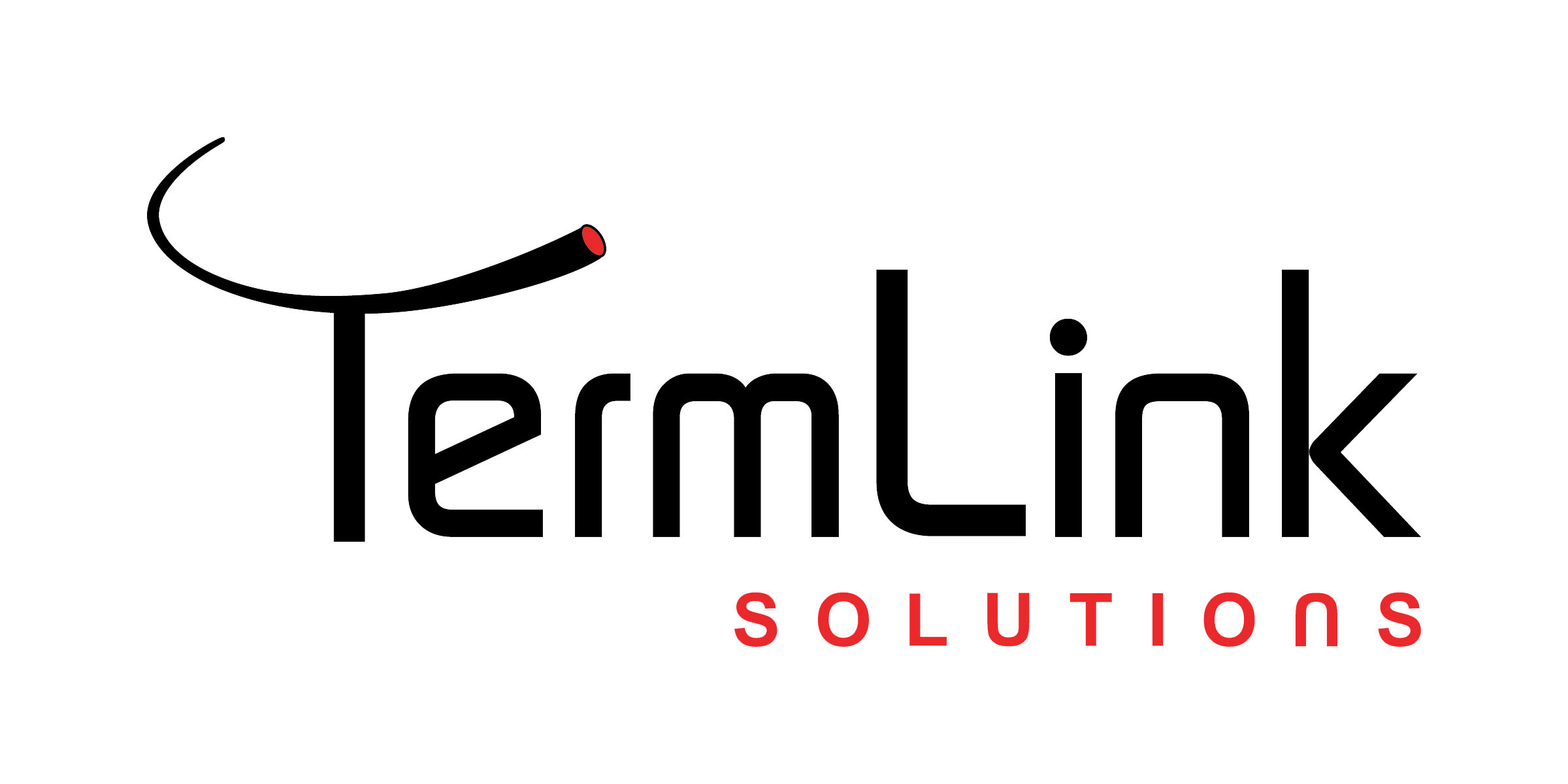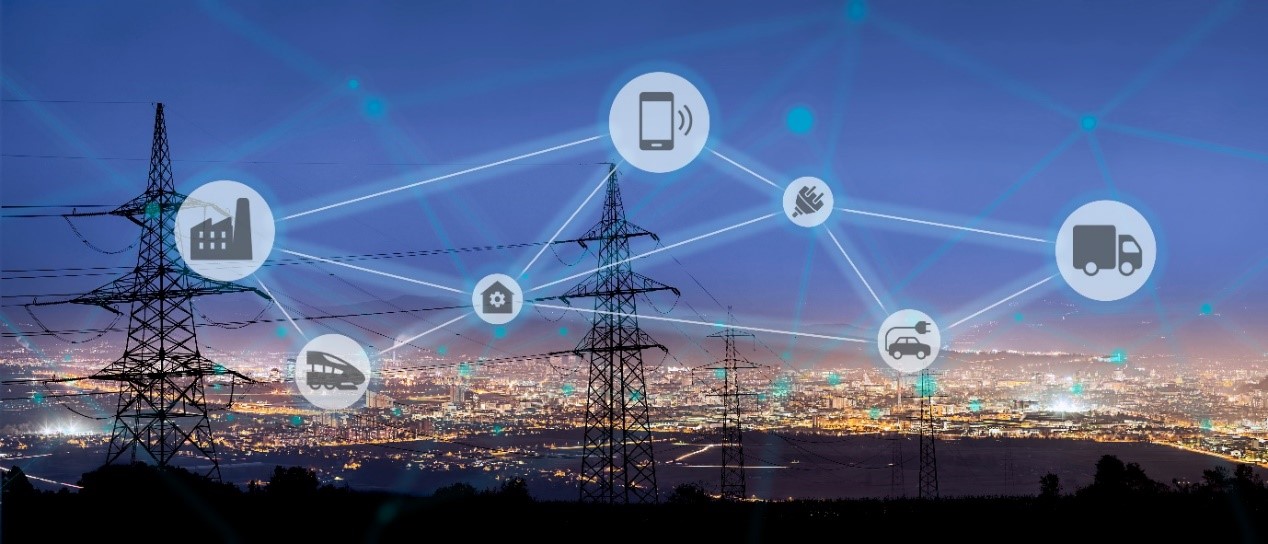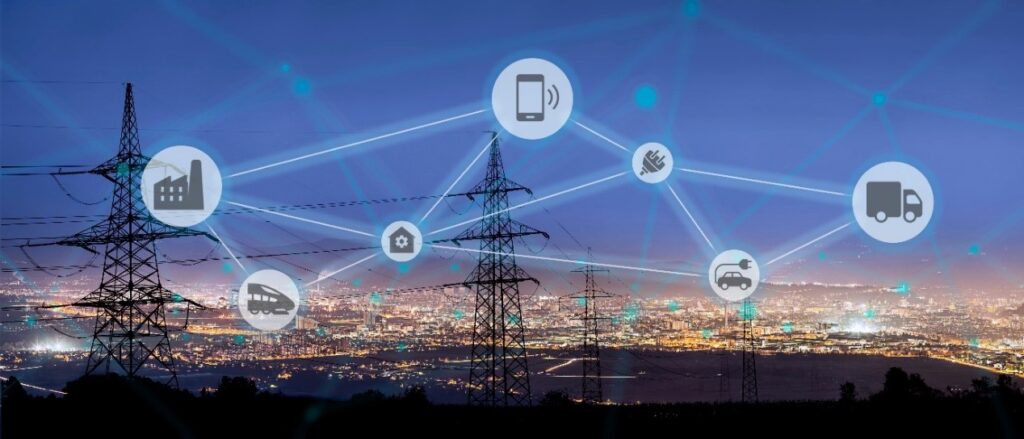
Every day, millions of people depend on critical infrastructure systems, utilities, energy grids, emergency services, and government communications. At the center of these operations is data, and at the core of that data flow is fiber. Reliable fiber installation doesn’t just connect communities; it safeguards essential services and the sensitive information they carry. For industries where downtime is not an option, fiber is more than infrastructure, it’s a security lifeline.
Why Fiber Matters for Critical Infrastructure
Fiber is the foundation of connectivity across industries. Unlike copper, it offers higher bandwidth, stronger reliability, and better resistance to interference. But beyond performance, fiber plays a key role in protecting the integrity of critical systems:
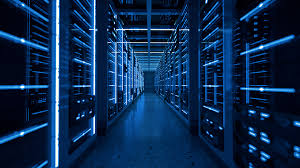
- Speed: Real-time monitoring of energy grids or emergency response requires low latency.
- Reliability: Outages in utilities or 911 systems can have life-threatening consequences.
- Security: Data moving through fiber must be protected from both physical and digital threats.
In critical industries, the stakes for secure fiber builds are higher than ever.
Utilities and Energy: Protecting the Grid
Modern utilities rely on fiber networks for smart metering, grid monitoring, and control systems. A compromised network could disrupt service, impact entire regions, or expose sensitive operational data. Secure installations, routine testing, and strong physical protections ensure these essential services stay resilient.
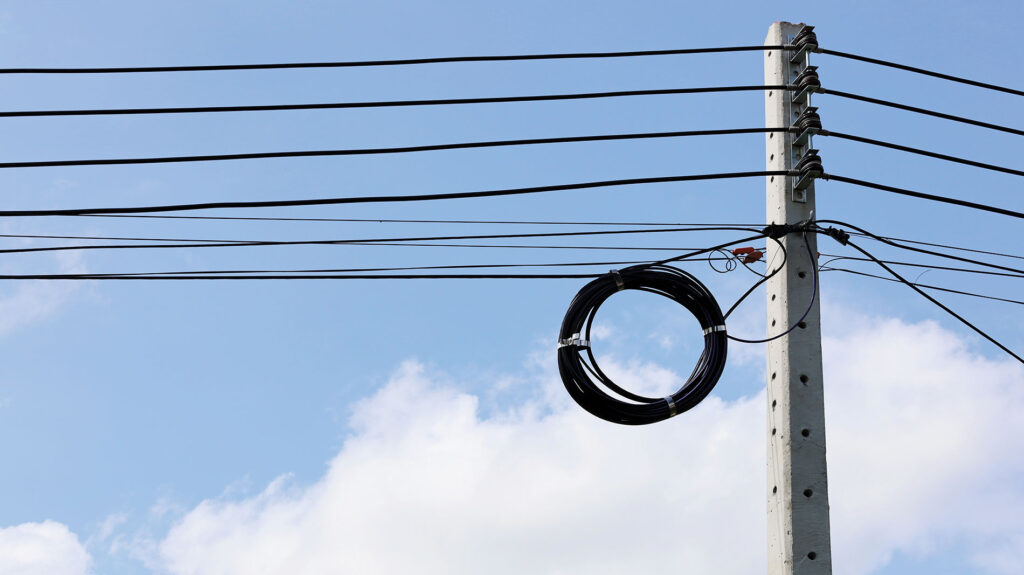
Public Safety and Emergency Response
Emergency responders depend on instant access to reliable data, whether it’s dispatch communications, real-time location tracking, or secure video feeds. Fiber networks ensure this information travels quickly and safely. A failure in the network could mean delays when seconds matter most.
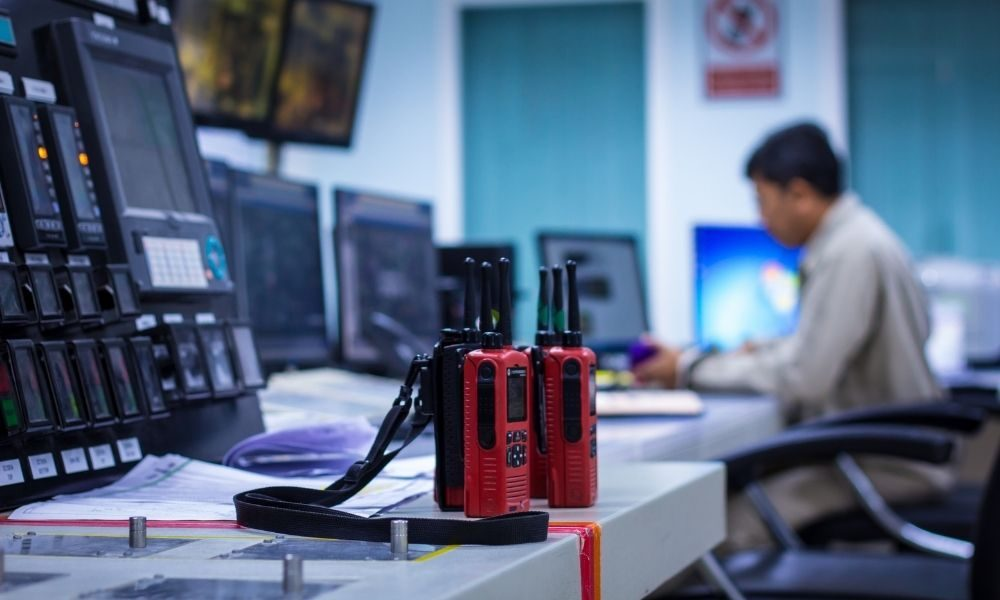
Government and Critical Data Streams
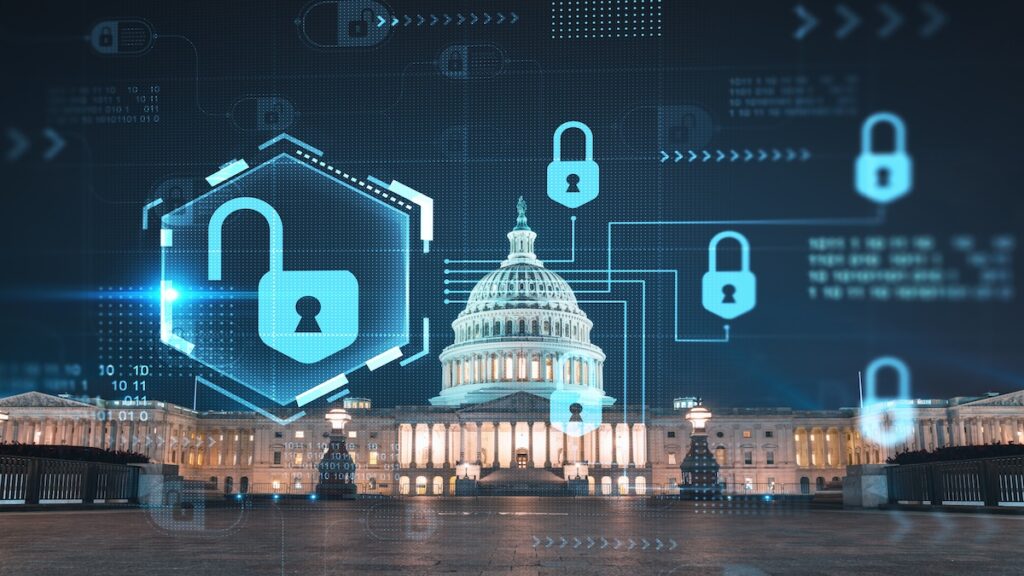
Local and state governments handle enormous amounts of sensitive data, from citizen records to secure communications. Reliable fiber builds ensure that this data is transmitted with the highest level of protection. Secure infrastructure creates trust, both for internal teams and the public they serve.
Building Security Into the Infrastructure
Safeguarding critical infrastructure starts at the build stage. Key practices include:
- Careful Planning: Routing networks to minimize risk of exposure.
- Secure Splicing and Testing: Precision work reduces vulnerabilities and signal loss.
- Physical Protections: Cabinets, splice points, and lines must be secured against tampering.
- Ongoing Monitoring: Regular inspections ensure long-term security and reliability.

At Termlink, we integrate these practices into every project, knowing that our work supports industries where failure is not an option.
Conclusion
From powering homes to keeping emergency services connected, fiber is the backbone of critical infrastructure. Secure builds don’t just keep the internet running; they safeguard the essential services society depends on every day. At Termlink, we’re proud to play our part in protecting utilities, energy, and public safety data with reliable, secure fiber installations.
Looking to strengthen your critical infrastructure with secure fiber solutions? Contact Termlink today to get started.

